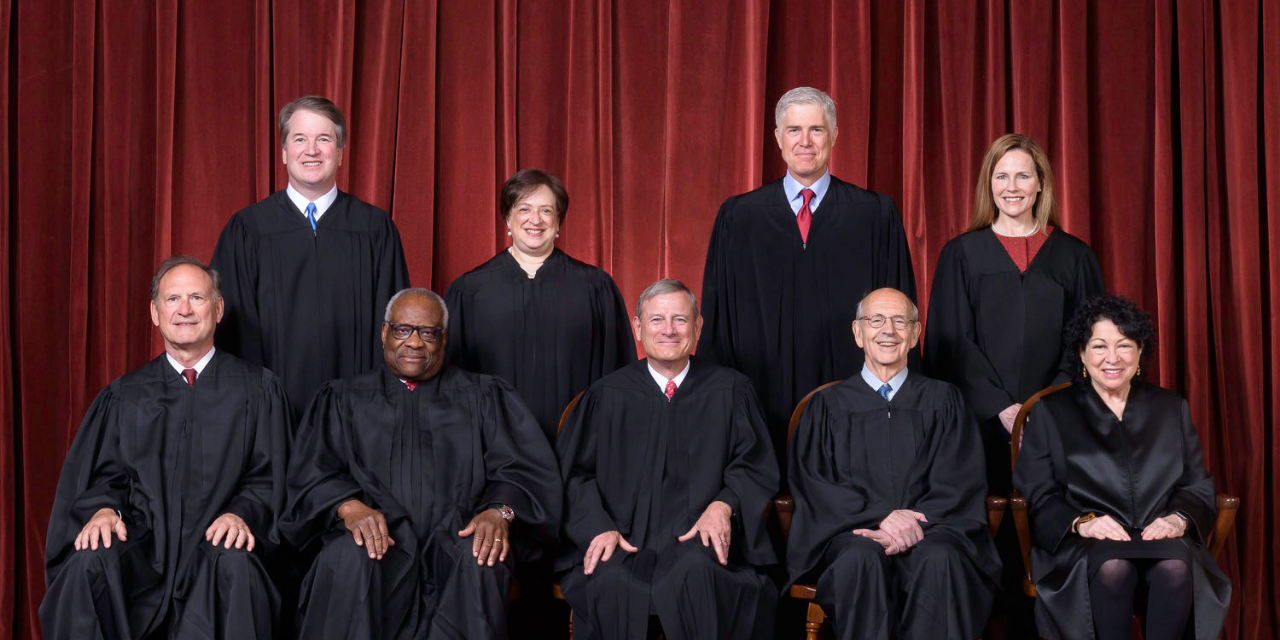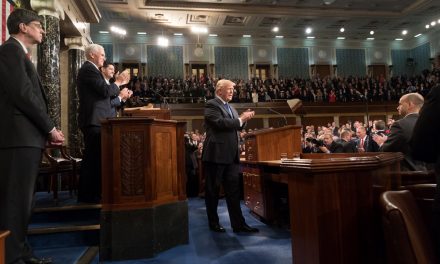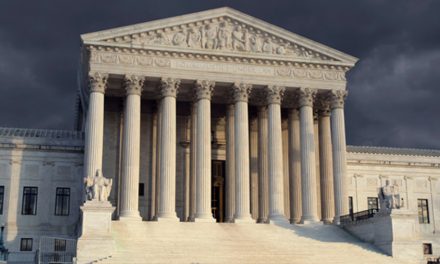If you don’t regularly pay attention to the U.S. Supreme Court, its oral arguments and decisions, you can’t be faulted for not noticing something that is striking to those of us who do. The three so-called liberal justices – Stephen Breyer, Sonia Sotomayor and Elena Kagan – rarely disagree with each other and vote so consistently together that typically only one of them writes an opinion, which the other two join.
That’s not a good thing, and I’ll explain why.
The justices on the conservative wing of the court – comprised of Chief Justice John Roberts and Justices Clarence Thomas, Samuel Alito, Brett Kavanaugh, Neil Gorsuch and Amy Coney Barrett – have been, contrary to dire prophecies of the mainstream media and liberal politicians, much more apt to cross the ideological aisle and/or disagree with each other’s reasoning than the court’s liberals. Even when they ultimately reach the same vote, some of the disagreements among the conservative justices are substantial, and evidence an independent thought process that is mostly lacking on the other side of the court.
This distinction, which is not really new, has been the subject of analysis in the media for several years. But it came into sharp focus earlier this month during the two COVID mask and vaccination mandate cases decided by the high court on January 13.
In the first case, an OSHA mandate forcing employers with 100 or more workers to require them to be vaccinated or comply with mask and testing requirements, was stayed (blocked) by a vote of 6-3, with the three liberals dissenting in an opinion written by Justice Sotomayor.
In the other case, involving a Centers for Medicare & Medicaid Services (CMMS) mandate requiring healthcare workers in facilities receiving federal funds to get vaccinated or lose their jobs, the court refused to block the mandate in a 5-4 vote, with Chief Justice John Roberts and Associate Justice Brett Kavanaugh joining the three liberals, while the remaining conservative members dissented.
The two cases, as well as the historic pattern we’ve seen over the years, raise an obvious concern. Are the liberals on the court engaging in judging, or politics? The judicial task of interpreting the laws before them in any given case is a process where disagreements between judges are common – in fact expected. Since disagreement is almost non-existent on the liberal side of the court, it makes it appear the liberal justices are merely agreeing among themselves on the preferred outcome they desire and hanging together as a voting bloc to achieve that outcome.
That’s not judging, that’s politics, where only the final vote matters. In the law, the reasoning is just as important as the final outcome. Or at least it should be.
Although the three liberals don’t always vote together, they do so most of the time. According to SCOTUSblog, in the term ending June 2021, Justice Breyer reached the same judgment as Kagan and Sotomayor 93% of the time. And the year before that, when Justice Ruth Bader Ginsburg was still on the court, the four liberals voted as a unified group 92% of the time.
Besides the vaccine and mask mandate cases, here are other recent decisions of the Supreme Court where the liberal voting bloc spoke as one voice:
Texas Heartbeat Act – In a 5-4 opinion issued on December 10, the court refused to block the Texas law – which prohibits abortions after a fetal heartbeat can be detected – from going into effect while the lower courts proceed to hear the legal challenge to the law brought by abortionists. The three liberals plus Chief Justice Roberts dissented.
Donor disclosure case – In a 6-3 decision back in June 2021, the court ruled in favor of protecting donor privacy when it comes to intrusive state oversight. The three liberals dissented in one opinion written by Justice Sotomayor.
California COVID mandates prohibiting church gatherings – In another 6-3 ruling from February 2021, the court granted an injunction in favor of a California church and against onerous state COVID mandates. The three liberals dissented in a case that presented very clear issues of religious freedom.
Even when the liberals join the conservatives in a case such as Fulton v. Philadelphia, involving a faith-based foster care agency’s religious freedom and a 9-0 decision, they join as a bloc. And that is probably because the decision, written by Chief Justice Roberts and handed down in June 2021 was very limited, as Justice Alito noted in a sharply worded concurrence that sounded more like a dissent.
The conservative justices simply don’t play by the same rules as the liberal justices. Time and again, one or more of the conservative justices have broken with their conservative colleagues and arrived at what most of us would consider a “liberal” decision.
Take Justice Neil Gorsuch’s 2020 opinion in Bostock v. Clayton County that redefined the word “sex” in the 1964 Civil Rights Act to include homosexuality and gender identity, as an example. Or Justice Kavanaugh joining Chief Justice Roberts and the three liberals in upholding the CMMS vaccination mandate earlier this month. Or any number of the Chief Justice’s opinions that broke with his conservative colleagues over the years, beginning with his 2012 Obamacare “individual mandate” decision in NFIB v. Sebelius.
That’s not to say that the conservatives on the court don’t agree with each other in many cases. They do, but certainly not to the same degree as the three liberal justices. And you simply don’t find the strong disagreements among the liberals as you do among the conservatives as to the legal reasoning behind some of their votes.
In fact, you’d be hard-pressed to find any disagreement at all on the liberal side of the judicial aisle at the high court.
The Framers of the U.S. Constitution envisioned a judiciary noted for its independence from the politics of the day, not united in achieving a political result. That’s one reason federal judges are given lifetime appointments, according to Alexander Hamilton in Federalist 78.
“The complete independence of the courts of justice is peculiarly essential in a limited Constitution,” Hamilton wrote.
Voting blocs on the court are the antithesis of judicial independence. Healthy disagreement is a sign of a healthy court. The clashes of reasoning and argumentation sharpens the legal opinions coming from a court, and disagreement amongst the justices is to be expected and welcomed as normal, not avoided as a sign of weakness. After all, only the most difficult cases make it all the way to the Supreme Court.
Senate confirmation hearings have turned into political inquisitions every time a new justice is nominated because senators have begun to assume that justices are just politicians in robes. By acting in lockstep to achieve a particular result, the liberal justices at the nation’s high court are proving them right.
Photo from The Supreme Court.






